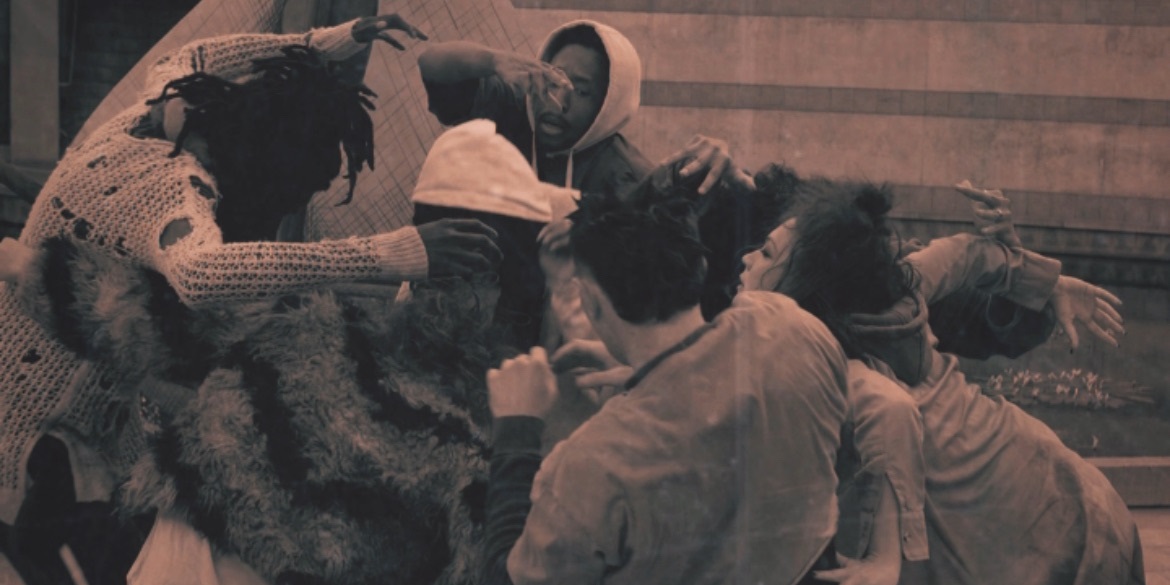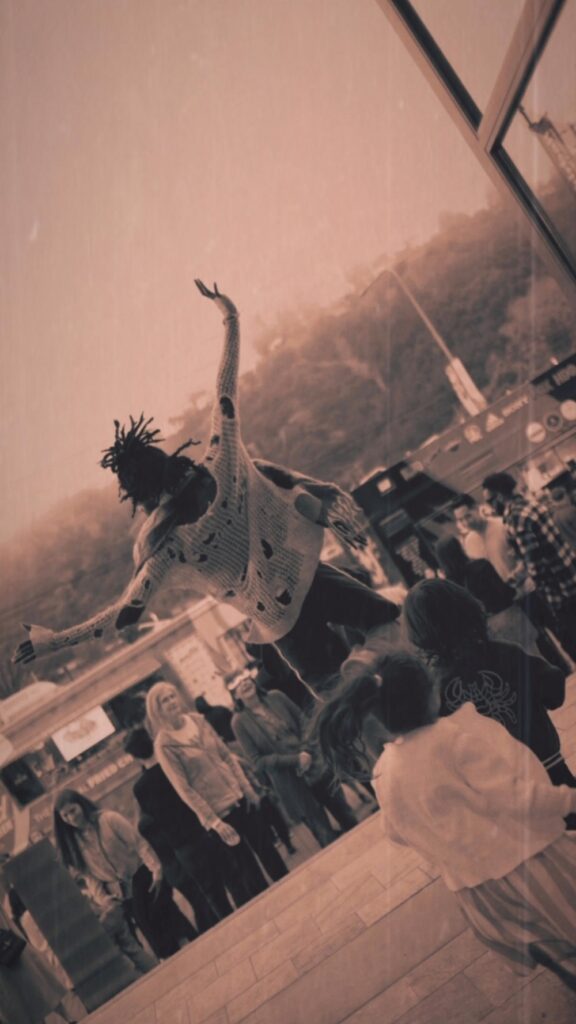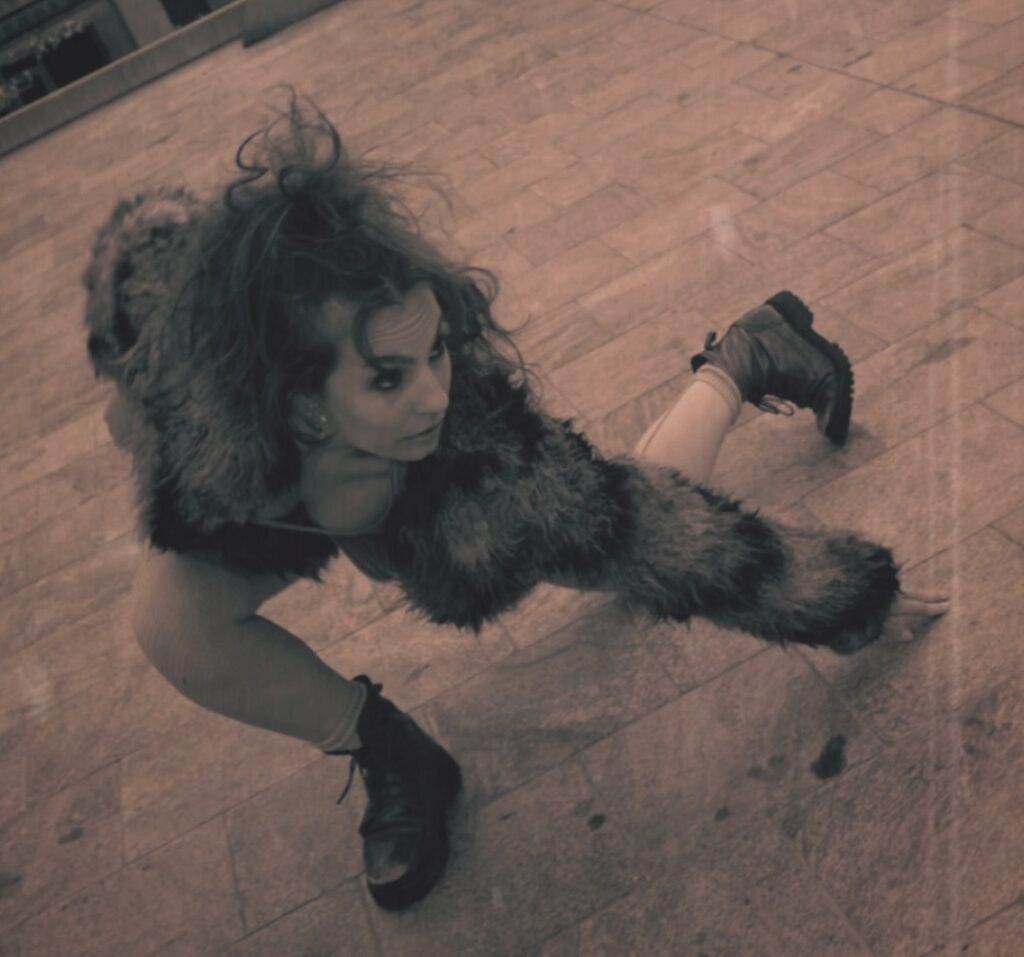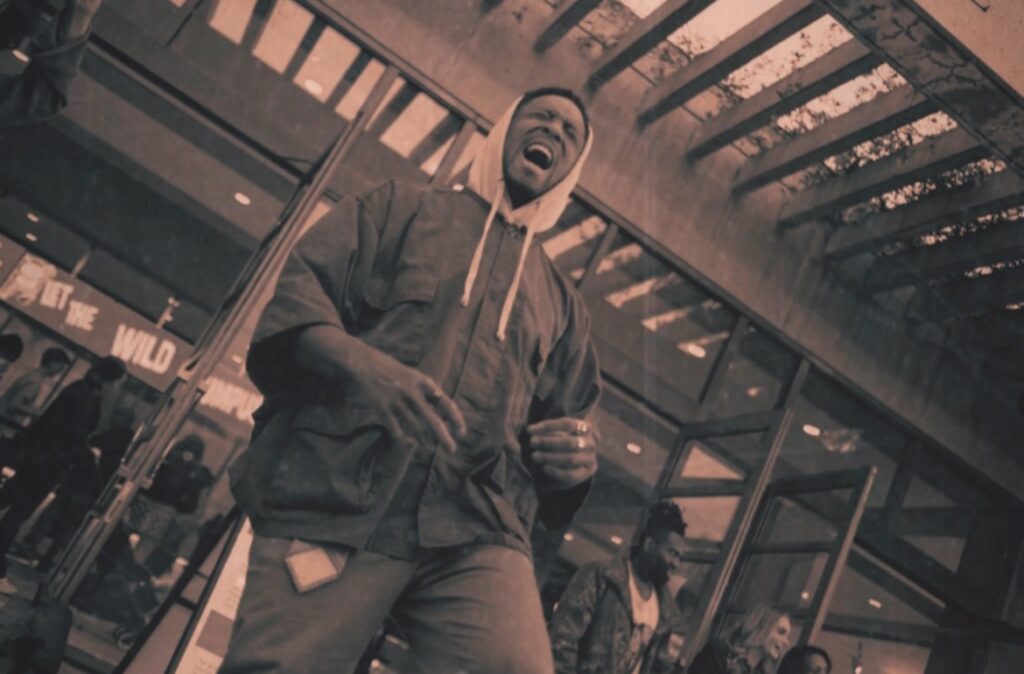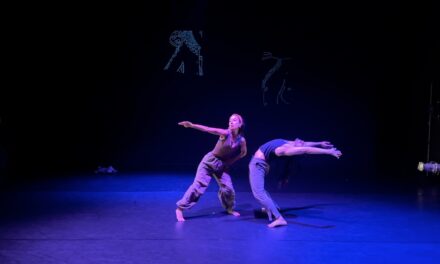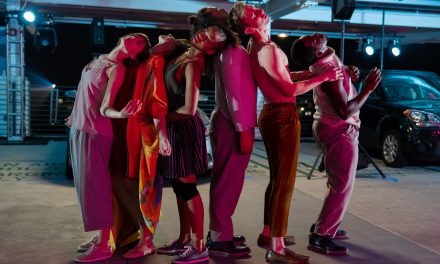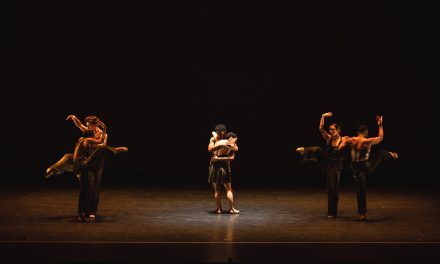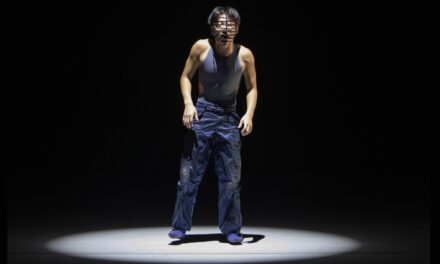Maurice Sendak’s “Where the Wild Things Are” has, since its publication in 1963, secured its place in the canon of children’s classics for several generations of readers. Sendak himself said, “Illustration is like dance; it should move like — and to — music.” So it only made sense that the Skirball Cultural Center’s Late Night series for this summer’s Sendak exhibit, Wild Things Are Happening: The Art of Maurice Sendak, featured a dance commission by Zoe Rappaport’s Storytelling Through Movement. Rappaport, the evening’s choreographer, worked with creative consultant Stephen “Swizz” Banks and assistant creative director/producer Avery Potemri to build an evening of dance set throughout the museum.
Among food trucks and a good turnout (more representation than you would usually see at the Skirball, I will say), puppeteers roamed the campus steps, outfitted with whimsical characters. If you searched hard enough, you could find immensely talented dancers popping up along the pathways, dressed in Wild-Thing-inspired attire designed by Lorae Russo. Maddison Hulburt swayed and slunk through the parking garage, and I caught Hemi Haraki and Okello trading eights on the steps.
It was unusually difficult to notice the dancers in a crowd focused on food truck lines, though, and I wished the venue could manage audience attention, or draw focus toward them with lighting or music. But the dancers pressed on, responding to the site in real time, adjusting to the Skirball architecture and absolutely enchanting the kids in the audience, who seemed to notice them despite the noise.
The cast drew from several languages, which bled into each other at the edges: Hulburt working in technically stunning jazz, Okello bouncing between locking and tutting, Haraki incorporating thoughtful, paced breaking. Darrell “Friidom” Dunn joined in with expressive animation, telling a story all his own — Ryan Green in a quiet but quirky improvisatory language, Potemri in a punctuated acrobatic one. Individual strengths were obvious, but they maintained the organized chaos of an ensemble, interacting mischievously and bringing the world to life.
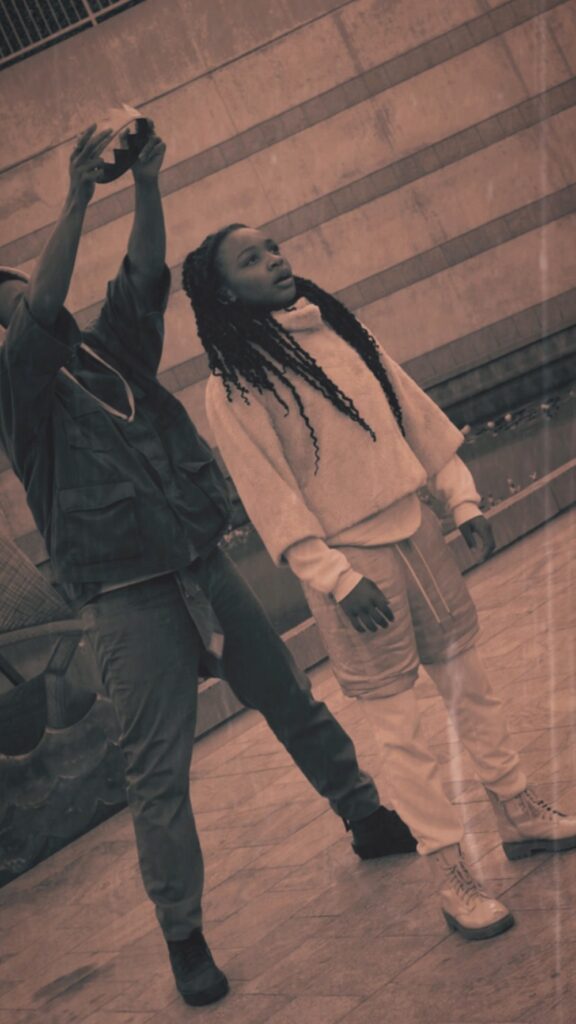
Darrel “Friidom” Dunn, Zyla Harris-Petter in Maurice Sendak’s “Where the Wild Things Are” – Photo by Jayson Cortez.
Though the planned story time (which was supposed to lead from the Sendak exhibit to the culminating performance) was canceled last minute, a confused audience found their way to the courtyard for the final performance. Zyla Nia entered as “Wild Things” protagonist Max, searching and stomping through the crowd. The dancers appeared in shadows behind sheets above the courtyard, an effective cinematic use of the site’s levels. They shifted into and out of billowing tableaux, stirring up commotion and truly evoking the magic of Sendak’s classic story.
Perhaps my expectations were too high given my nostalgic stake in the literature, but despite valiant efforts by Rappaport and the artists, the venue clearly lacked the bandwidth to support the technological requirements of site-specific dance. And while dancers are no strangers to being last priority — and this cast still showed up in glimpses of brilliance — elements of the performance were dulled and even made anticlimactic because they were not given their due in space, sound, or support.
Guest performer Nyla Jai bowed with the cast at the end, implying that a transition between young and teenage Max characters was planned but never came to fruition with the cancellation — I would have loved to see it. The exhibit itself was beautiful, detailing Sendak’s career as not only an illustrator and author but also a set designer. But to see the Wild Things come alive in the museum, which I know Rappaport had planned, would have made my night.
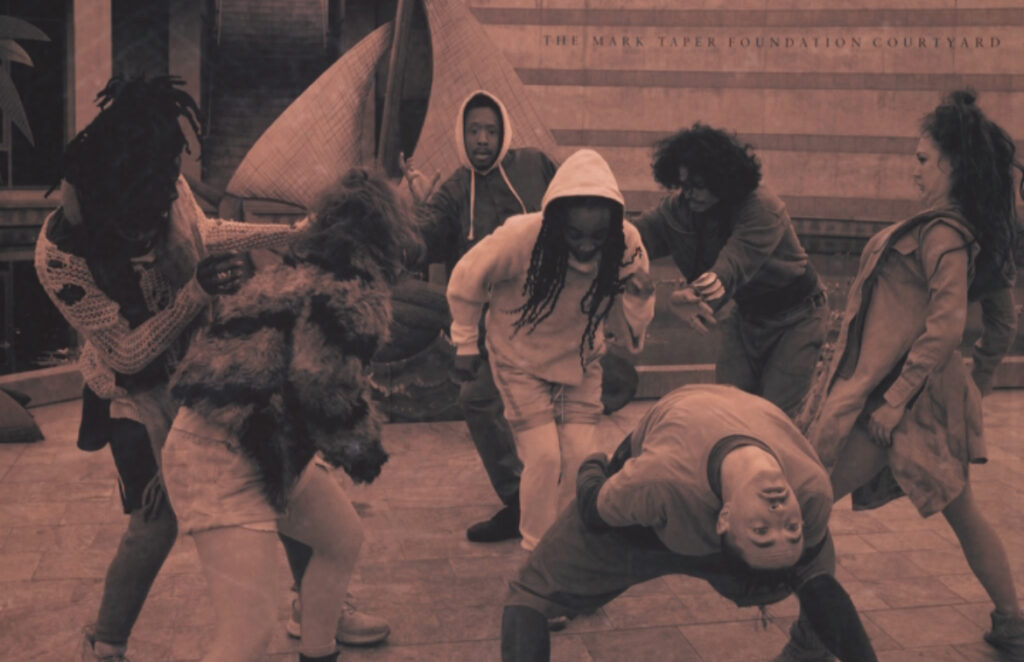
Okello, Avery Potemri, Darrel “Friidom” Dunn, Zyla Harris-Petter, Ryan Green, Hemi Haraki, Maddi Hulburt in Maurice Sendak’s “Where the Wild Things Are” – Photo by Jayson Cortez.
Even so, the evening was joyous. A band of dancers brimming with talent — and the sentimental experience that is seeing Sendak’s work come alive — were worth it, especially once all the audience could see the Wild Things dancing before them in that culminating performance. In those few minutes, the spirit of the wild rumpus was felt.
For more information about Rappaport Dance, please visit their website.
Written by Celine Kiner for LA Dance Chronicle.
Featured image: Okello, Avery Potemri, Zyla Harris-Petter, Darrel “Friidom” Dunn, Ryan Green, Maddi Hulburt in Maurice Sendak’s “Where the Wild Things Are” – Photo by Jayson Cortez.

